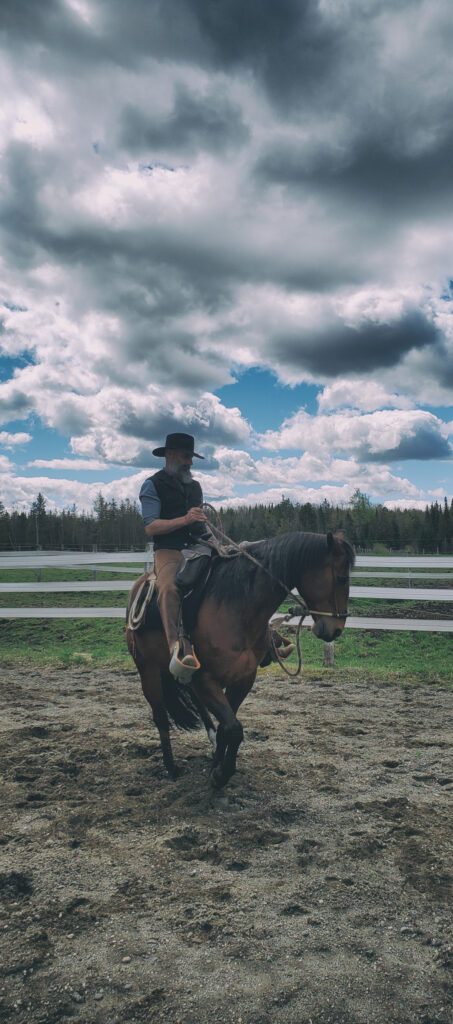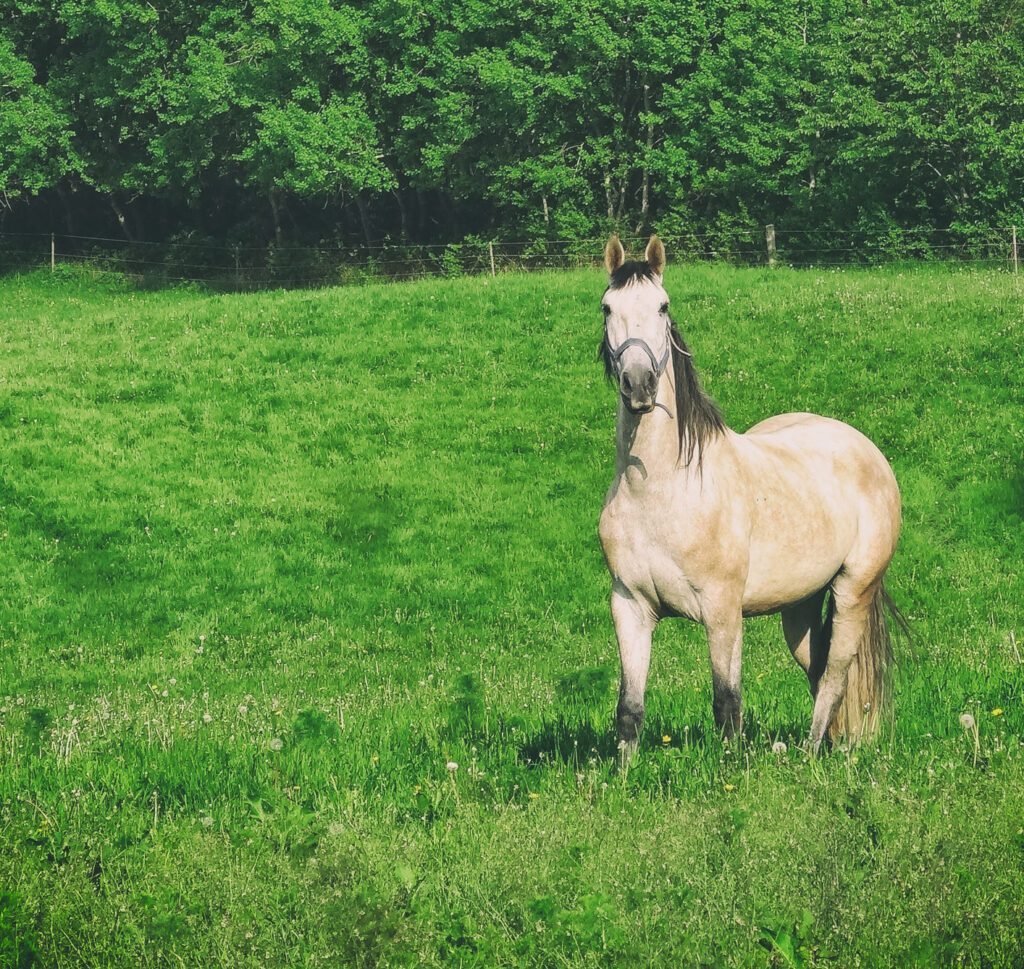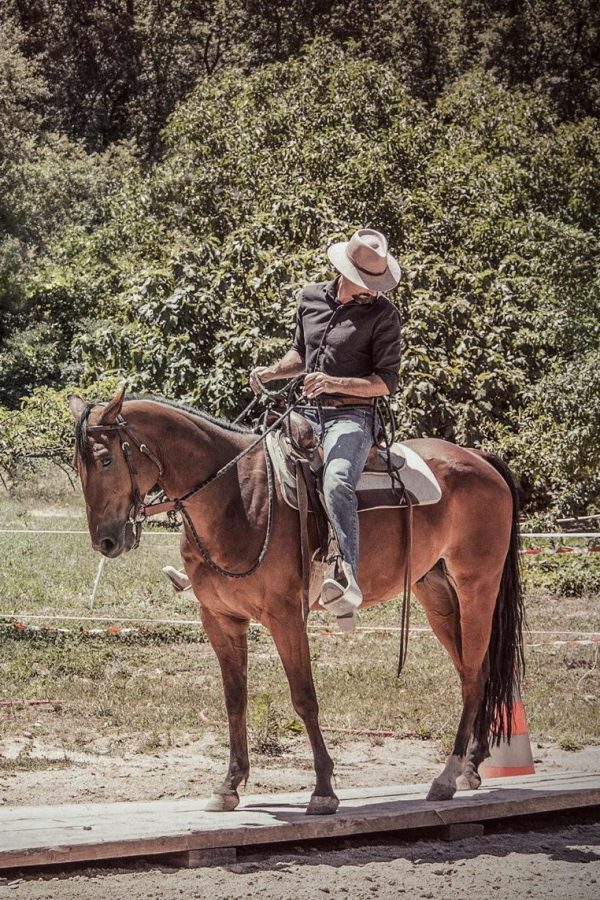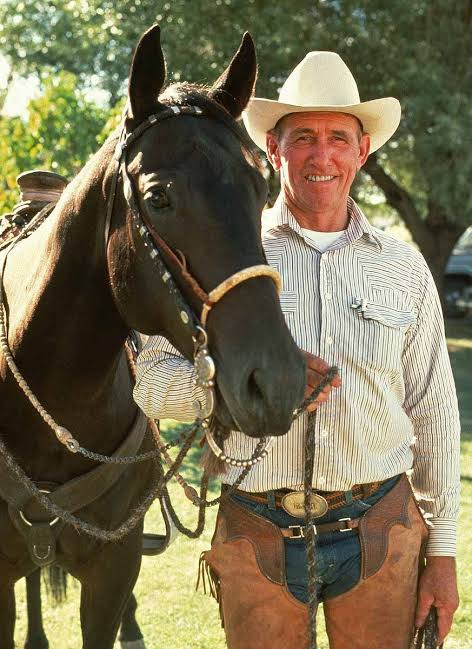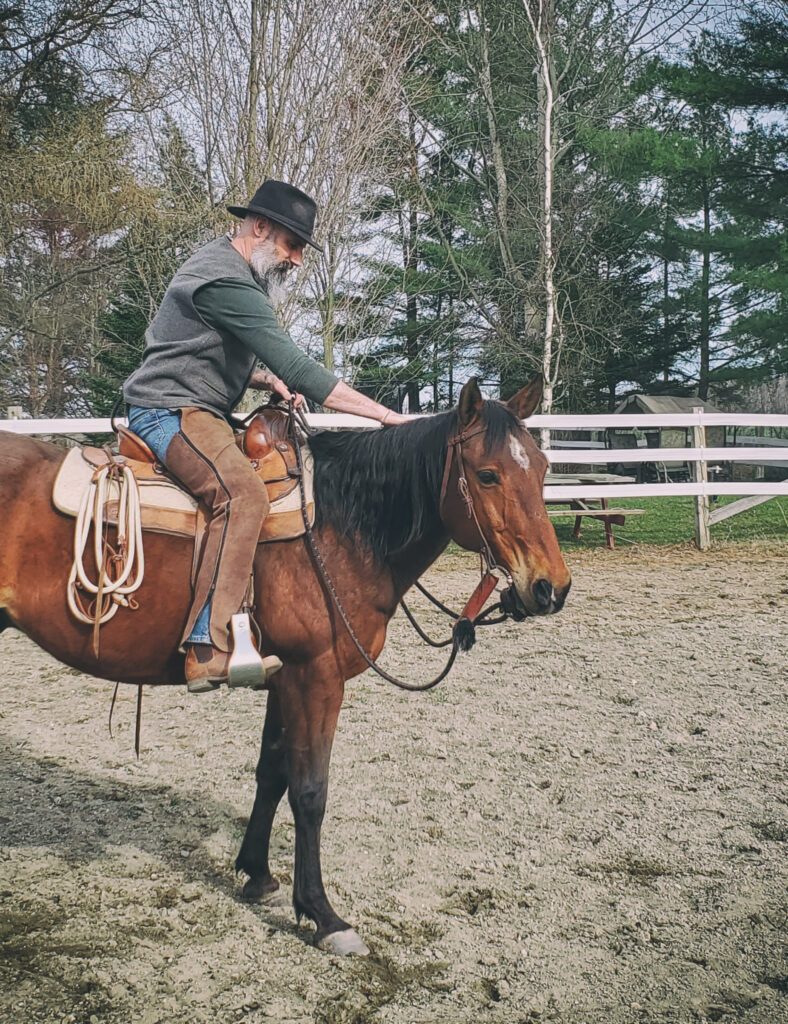Before I mention any exercise or method, before we get into practical work, I would like to introduce some principles.
A good horseman needs to understand and adhere to the philosophy before even thinking to start working with a horse.
These horsemanship principles are the most important part of the program I propose to you.
All the exercises and methods are techniques to support your horsemanship, but the main skill you should develop is your relationship with the horse, your behaviour towards the horse.
“This is an individual process […] It has to come right out of the inside of the individual.”
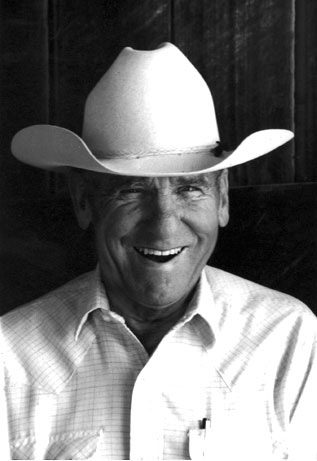
Tom Dorrance
True Unity
